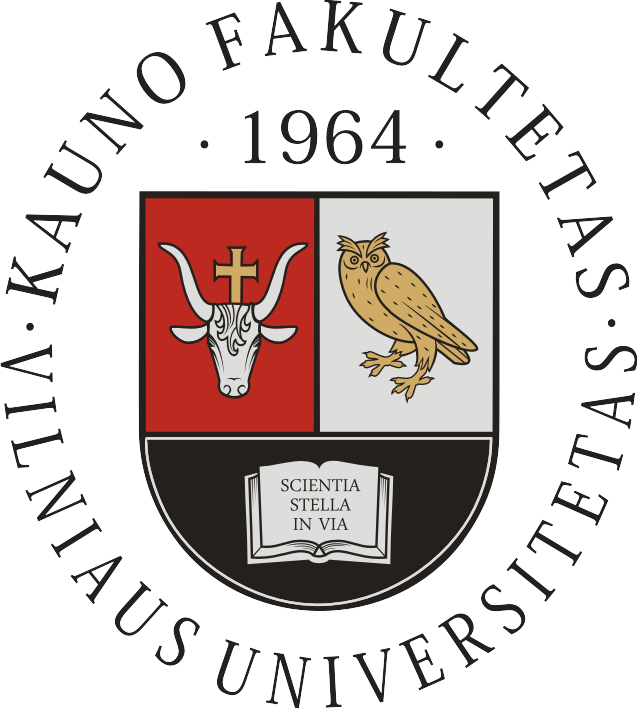Transformations in
Business & Economics
- © Vilnius University, 2002-2024
- © Brno University of Technology, 2002-2024
- © University of Latvia, 2002-2024
Article
EVALUATING OF THE TOURISM ECONOMIC SPATIAL NETWORK STRUCTURE OF THE URBAN AGGLOMERATIONS6
Zhihan Xie, Peiyu Jia, Jie Song, Ruidong Zhao, Hui Jin
ABSTRACT: With the rapid development of the tourism industry, the economic interconnection between regions has become increasingly close, forming a complex spatial structure of tourism economy networks. Currently, there is a limited amount of literature available regarding the spatial network structure of tourism economies in urban clusters, and there is a lack of systematic research on the tourism economy spatial network of the urban agglomerations in the middle reaches of the Yellow River (MRYR) in China before and after the COVID-19 pandemic. Using the 2019-2022 period as the time frame, a tourism connectivity matrix for the urban agglomerations in the MRYR in China was constructed based on the gravity model, and the spatiotemporal characteristics of the tourism spatial network structure were explored through social network analysis. Results indicate that from 2019 to 2020, the intensity and volume of tourism economic connectivity among cities in the MRYR declined. The spatial characteristic of being strong in the south and weak in the north of the urban agglomerations in the MRYR is clearly revealed, and a development pattern characterized by the dominance of Taiyuan, Zhengzhou, and Xi’an is basically formed. Under the impact of the COVID-19 pandemic, from 2019 to 2022, the density, total volume, and degree centrality of the tourism economy connectivity network in the urban agglomerations in the MRYR decreased, with more pronounced polarization characteristics. Based on the analysis results, recommendations for the spatial development model of the tourism economy in the urban agglomerations in the MRYR can be proposed from three perspectives: core cities, cluster development, and the tourism network. Evaluating the characteristics of and changes in the spatial network structure of the tourism economy in the urban agglomerations in the MRYR is beneficial for exploring a localized tourism development model.
KEYWORDS: gravity model, social network analysis method, tourism economy spatial network structure, tourism integration, urban agglomerations
JEL classification: K901.
6Acknowledgments: This study was supported by the National Natural Science Foundation of China (No.41671142), the "1331 Project” Service Basin Ecological Governance Industry Innovation Discipline Cluster Construction Project of Shanxi Province and the Philosophy and Social Science Planning Project of Shanxi Province (No.2023YY216).

